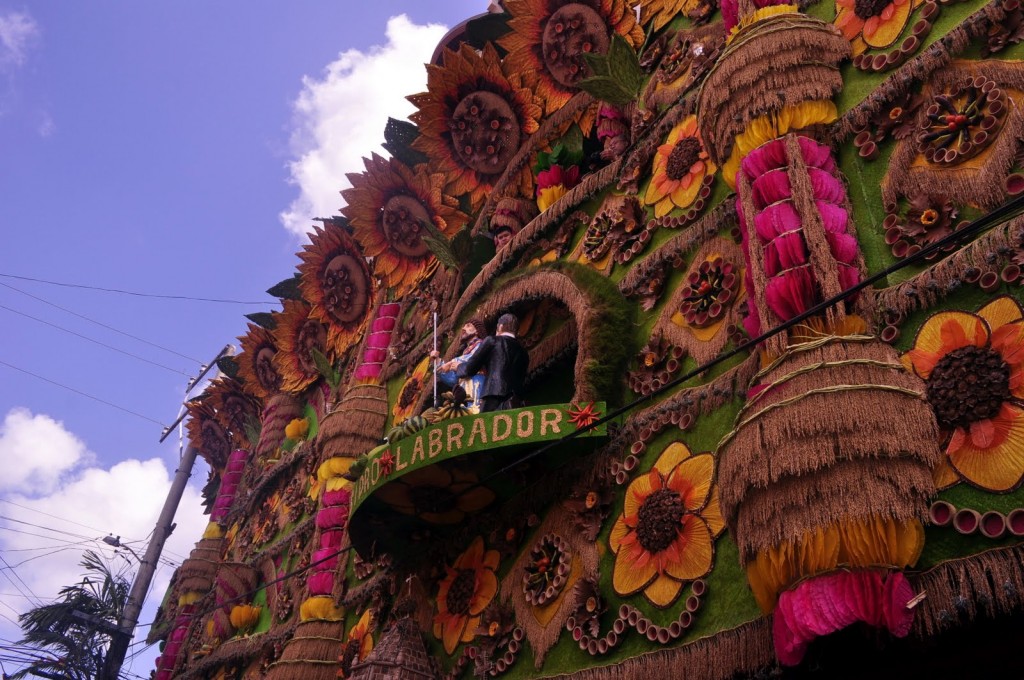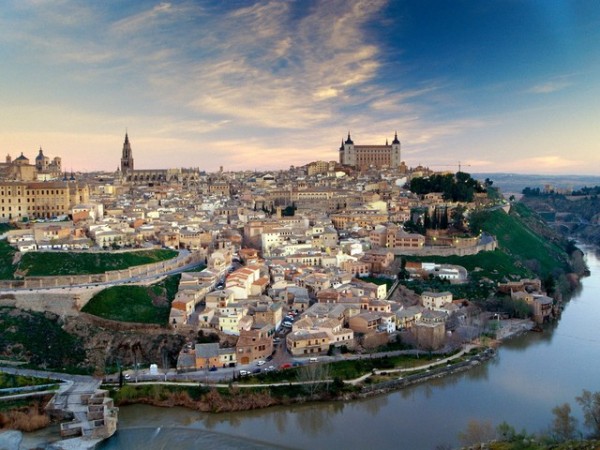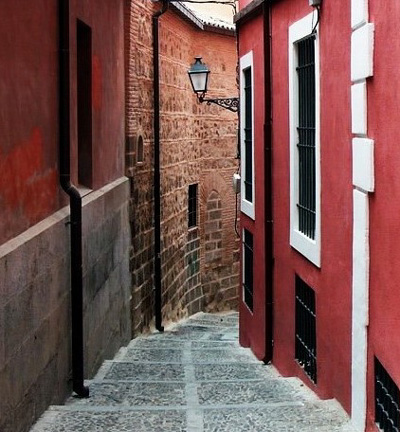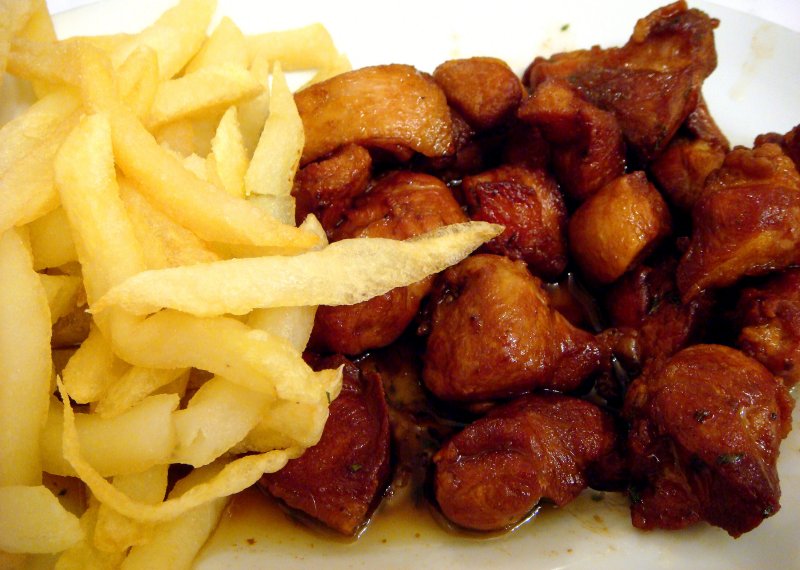Toledo is one of the most important centers of european medieval history. The first one to report about it was Roman author Titus Livius, who describes it as a “small fortificated town”, and fortification has always been an important parameter in its history, still evident to today’s tourist for the monumental walls around, and the “Swords of Toledo” gave to its steel-production world-wide fame.
Toledo was capital of Spain from the Gothic epoch until 1560, fact that explains its really impressive medieval architecture. Walking through its streets one feels like having stepped back into the Middle-Ages, but in the best sense of it, and perhaps you will search your pockets for a few gold-ducats to buy some of Toledo’s fine artisany or just to enjoy of its highly recommandable cuisine.
Its privileged location, and the natural turn of the of the Tagus River, together with its continuos population from ages ago, create a unique city in which beautiful and harmonious buildings of an array of architectural styles.
Cradle of Monarchs, and the seat of principal archbishops, Toledo constitutes a tourist attraction point of first order sheltered in the knowledge stored in its Mosques, Synagogues, churches and convents. The cathedral, the monastery of Saint John of the Kings, the doors and the walled enclosure or the Alcazar portray the special attractiveness of its streets and plazas.
Gastronomy
Toledo’s cuisine, fitting to the character of the town itself, puts you back into long gone times, and the dishes seem to be served out of one of Velazquez’s still lifes. Recipes are influenced by the region’s long tradition of hunting and cattle-breeding, but show Moorish influences as well.
Quails are some of the most extraordinary pleasures for delicate palates. They are usually served either stuffed, Perdiz Estofado, or together with a particular kind of beans, Perdiz con Pochas.
Very typical are as well lamb, fried or boiled, Cordero Asado or Cuchifrito, and the potato-omelette Tortilla a la Magra.
But there are two products in particular that have made Toledo’s cuisine internationally famous: Queso Manchego, a very mature cheese often made of ewe’s milk, and marzipan which is produced here in extraordinary quality and exported into many countries.
The wines of the region, D.O.C. La Mancha or Mentrida, are of high reputation as well.
Fiestas and Folklore
Toledo’s perhaps best known festivity is the procession of Corpus Christi, when the splendid 16th century monstrance is taken out of the cathedral. The popular Romería de la Virgen del Valle, a festival of pilgrimship, takes place in May as well.
 A Float at The Festival of San Isidro, Talavera
A Float at The Festival of San Isidro, Talavera
Among the best known and most interesting festivities in the province are the Fiesta del Olivo (Olives Festival), at the last Sunday of April in the village Mora de Toledo, and the Festival of San Isidro in Talavera, from May, 15th to 18th, with processions and poular dances. Of archaic traditions is the Fiestas de Danzantes y Pecados in Camuñas.
In June there is the nice Fiesta de la Amistad (Festival of Friendship) in Polan, and in November the popular Fiesta de la Rosa de Azafrán in Consuegra.
Source: cyberspain.com


